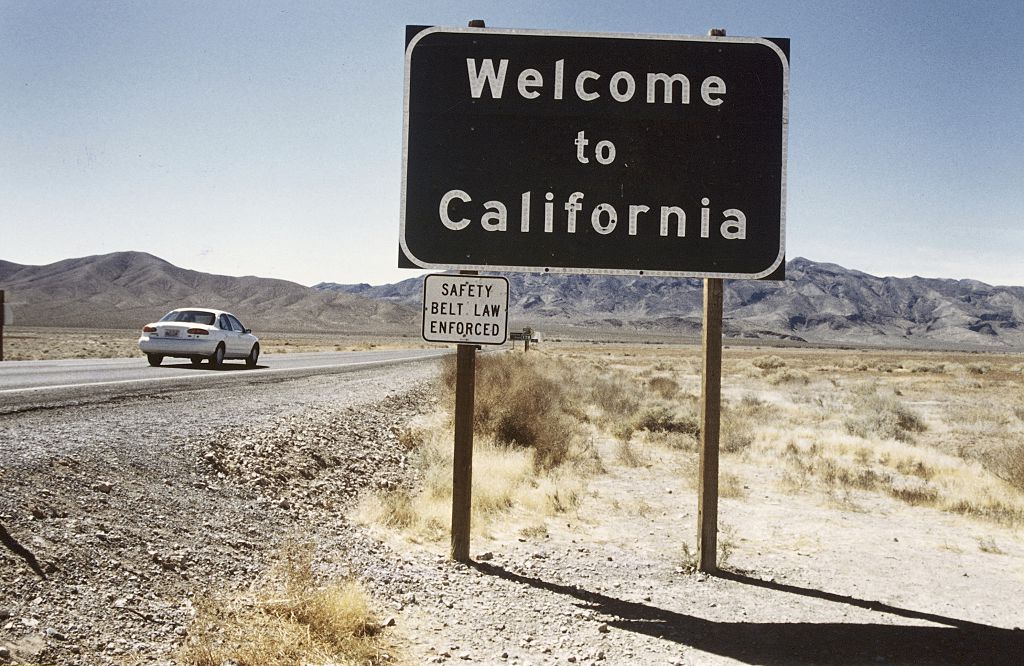Last year, a rare and unexpected event took place in California — data indicated that the state would lose one of its Congressional seats. As the Associated Press noted, this was the first time in the state’s history that this had taken place. For a state that’s long been thought of as a destination — think the Gold Rush, think the song “California, Here I Come” — this indicated a substantial shift in direction.
What does it mean for California to be losing residents rather than gaining them? In his Substack newsletter The Discourse Lounge, Darrell Owens of the advocacy group California YIMBY provided some unsettling analysis of what the data can tell us – and what it means for California’s future.
Owens begins by making the case that this doesn’t have much to do with COVID-19 and the state’s response to it. “California has been losing its population for years prior to the pandemic,” he writes.
It’s when he begins breaking down arrivals and departures from California by income level that things get interesting. He divides residents leaving the state for other states into two time frames — 2010-15 and 2016-2020. Hundreds of thousands of residents considered “lower income” or “middle income” left the state within both time periods. Those designated “higher income” — defined here as “over $131,000 for a family of four”) left the state at a much lower rate between 2016 and 2020, with tens of thousands of people at this income level moving to California between 2010 and 2015.
Owens goes on to conclude that this is a housing issue, writing that “Southern states building tremendous amounts of housing” are where the country is seeing the largest amount of population growth. The whole analysis is worth reading, both for its debunking of certain narratives and for its larger points about the effects of housing policies.
Thanks for reading InsideHook. Sign up for our daily newsletter and be in the know.


















